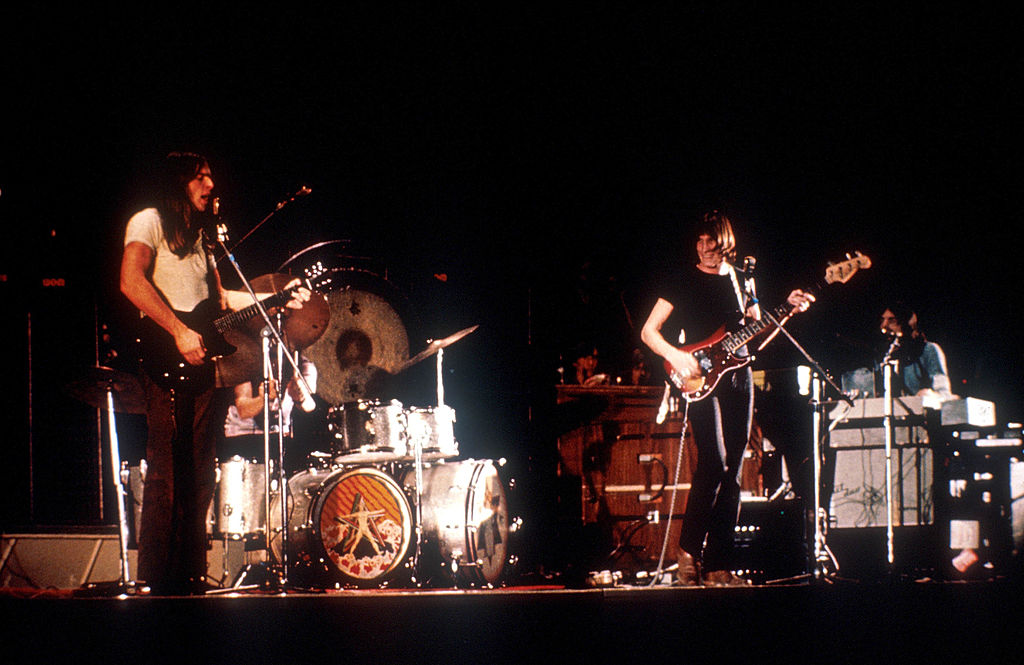ROCK MOMENT – Pink Floyd ‘Money’

Pink Floyd’s ‘Money‘ is one of the most recognizable songs in rock history, both for its unusual structure and for the role it played in shaping the success of the band’s landmark 1973 album, The Dark Side of the Moon. Written primarily by Roger Waters, the track stood out immediately because of its 7/4 time signature, an uncommon choice in popular music. This irregular rhythm, combined with its biting lyrics about materialism, made ‘Money’ a track that challenged both musicians and listeners while still becoming accessible enough to break into mainstream radio.
The song famously opens with a loop of cash registers, clinking coins, tearing paper, and jangling moneybags. Waters created this sound collage at his home by physically recording coins dropping into a metal bowl, tearing paper for the sound of bills, and other everyday noises of commerce. Engineer Alan Parsons then meticulously spliced the tape loop together to create the seamless rhythm that drives the introduction.
When the song shifts into its bluesy groove, David Gilmour’s guitar work and Dick Parry’s saxophone solo elevate the track into a powerful showcase of the band’s musical range. Despite its odd time signature, ‘Money’ became the band’s first hit single in the United States, climbing to No. 13 on the Billboard Hot 100. This breakthrough helped The Dark Side of the Moon achieve legendary status, staying on the charts for over 14 years.
‘Money’ remains a centerpiece of Pink Floyd’s live performances, often extended into lengthy jams. Its critique of greed and capitalism, combined with innovative studio techniques, ensures its place as one of the most influential songs in classic rock history.





